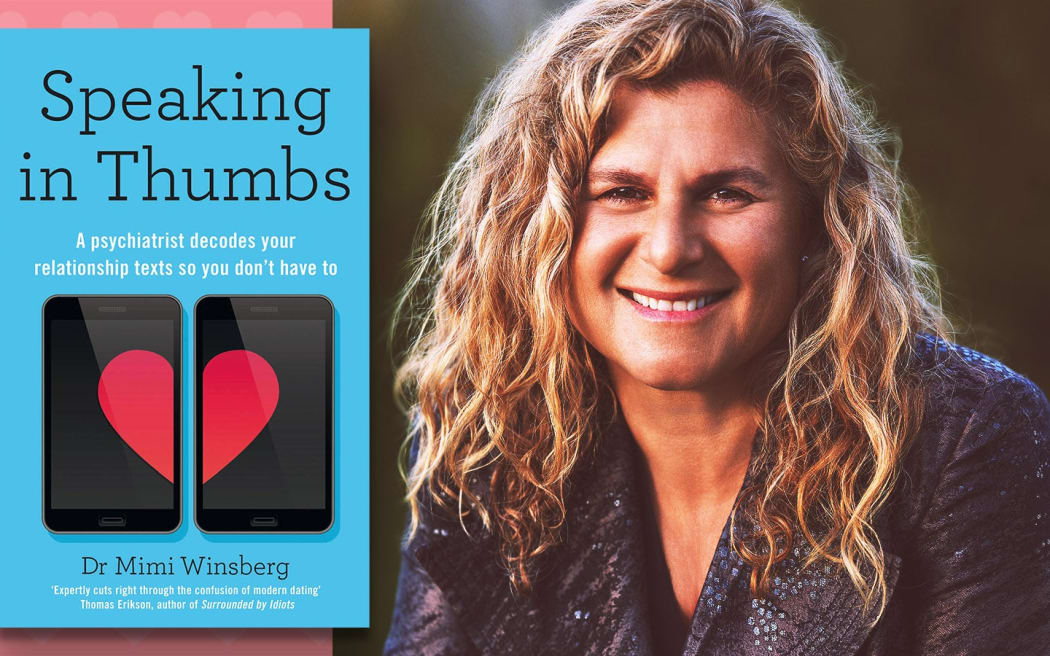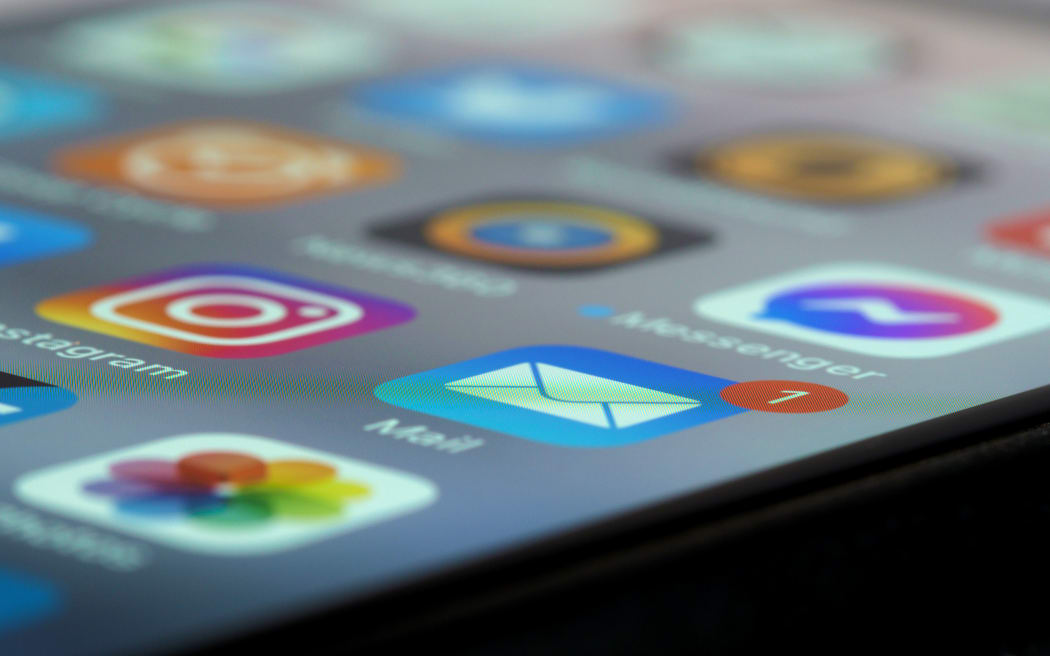When it comes to modern relationships, our thumbs are doing the talking.
We swipe right into a stranger's life, flirt inside text bubbles and use emojis to convey desire, frustration and rage.
Where once we pored over love letters, we now obsess over response times or wonder why the three-dot ellipsis came ... and went.
Nobody knows this better than Harvard and Stanford-trained psychiatrist Mimi Winsberg whose work frequently finds her at the intersection of Big Data and Big Dating.
Dr Weinberg's new book Speaking in Thumbs is a guide to the minefield of online communication.

Photo: PanMacMillan
Weinberg tells Jim Mora we are now living in an age of 'asynchronous' communication.
“I think asynchronous communication offers advantages and disadvantages, both in romance and at work.
“One of the advantages is that we can be more thoughtful in our communication. A disadvantage, of course, is that we miss certain cues like facial expression, body language, and tone of voice.”
Much can be discerned about a person from their text style, she says.
“I argue that using principles of thin-slicing, that is taking a small amount of information and extrapolating that to get a larger three-dimensional picture, we can actually learn about someone's big five personality factors. Those are things like, are you extroverted? Are you introverted? How agreeable are you? How open are you to new experiences? How neurotic are you?”
These traits are conveyed in text messages if we know the signals to look for, Weinberg says.
“They manifest in things like word choice, they can manifest in punctuation, grammar and even emojis.”
Emojis can be somewhat fraught, though, she says.
"They're like the canned food of language. 'Cook it from scratch' is what I say. Use your words. But we do know that emojis can be put in to soften a statement, putting a smiley face in or a thumbs-up emoji can seem friendly.
“And laughing out loud with tears can show someone that you're taking it all in good stride or you're joking. It can convey irony, sarcasm, other subtle cues that might be missing in just a basic text message.”
A person's preferred emojis can reveal their personality type, Weinberg says.
“Agreeable people tend to use a lot of hearts in all of their forms.
“People who might be more neurotic use some of those more dramatic facial expressions like the loudly crying face, or the one that looks like a scream with hands pressed against the cheeks. So you can get clues about someone's personality just from their emoji use.”

Photo: Pexels/Brett Jordan
Excessive use of exclamation marks can be a red flag, she says.
“Exclamation marks, I argue, have a kind of 'pay attention to me' quality and they can betray self-consciousness, neuroticism, and at worst, perhaps narcissism.”
Extroverts, on the other hand, are likely to favour question marks, Weinberg says.
“And they use more of the 'you' pronoun because they're interested in other people and trying to get along with other people.”
Properly constructed sentences are important when first communicating with someone, she says.
“I think we are making an impression on people when we're first meeting them over text, and it's a stranger. So paying attention to sentence structure and grammar makes a good impression in the same way that you might shave before a job interview.”
Text messaging has only really been around since 2007 but now dominates communication, Weinberg says.
“It's the primary way that we're communicating, especially in our romantic lives.
“It's a new language that our brains have yet to catch up on. And it behoves us to learn it and learn how to communicate well in it because we're doing it all the time and it's here to stay.”

